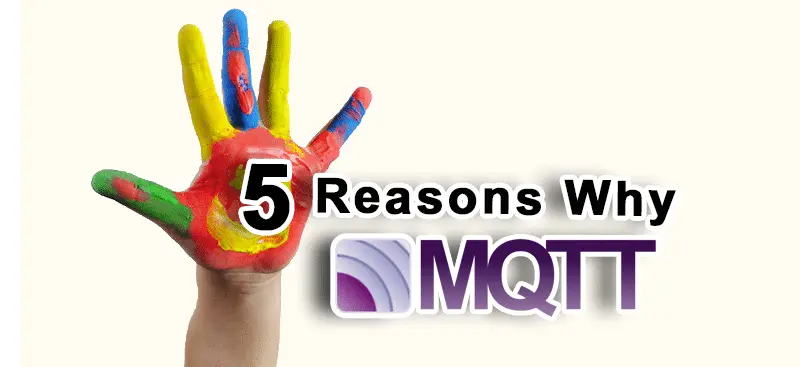5 reasons "Why we choose MQTT"
by Devarajan | Aug 8, 2016 | MQTT | 0 comments

IoT network finds applications in day-to-day essentials from Home appliances, Public Safety, Farming, and Hospitals to high precision jobs including Smart cities, Automobiles, Industrial Automations, and Satellite tracking. After analyzing the available protocols, we decided to go with the MQTT protocol (MQ Telemetry Transport) for our communication system.
Bevywise Networks was started with the aim of creating IoT devices, sensors, and software as mobile applications. Professionals and regular persons can use this around the world to automate and simplify their social, business, and personal needs.
So we wanted our devices to communicate in a secure and reliable way. Hence we believe “Quality & Reliability is no longer a luxury, it should be something built inside”.
Here are the 5 things about the MQTT protocol that made us choose it for our IoT implementation.
1. Security
Even though MQTT messaging uses an unsecured TCP, we can be able to encrypt data with TLS/SSL Internet security to make it robust, when implemented for the mission-critical business. So that we can have partial and complete encryption based on the resourcefulness of the system and security mandate.
2. Central Broker
We may be getting billions of devices on the Internet over the next 5 to 10 years. MQTT Broker which can act as a server can effectively reduce the number of packets that fall into the internet and also the amount of processing the individual memory needed for the clients. We should be able to build a grid of highly interoperable brokers across different vendors.
3. MQTT protocol – QoS
MQTT defines three MQTT QoS levels which can cater to based on the importance of each message and the repetitiveness of the messages in the environment.
At Most Once - The client configured with QoS level 0 will publish messages only once. This is just a confirmation message and the receiver client will not store or respond to it.
At least Once - The client configured with QoS level 1 will publish messages more than once. This message will be stored by the sender until a confirmation message is received from the other Client.
Exactly Once - Client configured with QoS level 2 ensures publishing the message exactly once. This is the most secure level of publishing messages.
4. Last WILL & Retained Message
Last WILL helps in knowing whether the particular client is available or not. It is not worth waiting for something that won’t happen. The listeners can be put on the power saver mode with interval-based wake-up to check the publisher availability Retained messages will help subscribers receive messages that were published some time before.
These messages highly decouple both the publisher and the subscriber to work independently of each device.
5. Flexible Subscription pattern
A particular client can subscribe to all the topics published based on a pattern. For example, a smaller monitor for the kitchen can listen to all topics in the kitchen by subscribing to
Topic Name: home/kitchen/+’+’ represents various sensors in the kitchen (eg. ‘+’ can be a temperature sensor, motion detectection sensor, etc.)
In a similar fashion, a client can subscribe to all the temperature levels of the house.
Topic Name: home/+/room_temp’+’ represents various rooms with a temperature sensor (eg. ‘+’ can be Bedroom, Hall, Kitchen, etc.)
Not only these but there are many features of MQTT that benefit us.
We have released the beta version of the IoT simulator for the MQTT Protocol. Please download our IoT Simulator and give it a try and visit our help documentation to know more.
Submit a Comment
Please take a moment to fill this form
